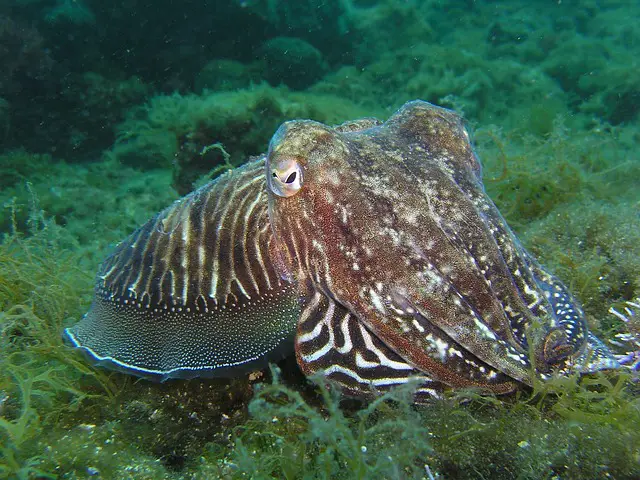I’m going to discuss some of the most important octopus facts for kids including octopus diet, behavior, physical appearance, and reproduction. The octopus belongs to the Octopoda order with the class of cephalopod. They have four pairs of arms and two eyes. The octopus has a mouth at the center of their arms. These species have sturdy beak. They lack internal as well as external skeleton with the exception of few species that have a vestigial remnant contained within their mantle.
These types of invertebrates are regarded as one of the most intelligent species. They are found in different Oceanic waters such as pelagic and coral reefs waters. Octopus employs several methods to defend themselves against potential predators such as camouflaging, throwing out ink, and the ability to jet rapidly through water. All these invertebrates are highly venomous. So far more than 300 octopus species have been found which comprises one-third of the total number of cephalopods. The crowd of octopus is called consortium.
Interesting Octopus Facts For Kids
- Octopuses are easily recognizable by their eight long arms encompassing suction cups.
- Nearly all species have a soft body with no skeleton involves either internally or externally. This feature distinguishes octopus from squid or cuttlefish.
- They have a short lifespan in that few species can only survive up to 6 months or more. However, larger octopus including Giant Pacific Octopus has a lifespan of about 5 years.
- One of the major causes of octopus death is reproduction as males, after mating, can only survive for few months. Females pass away right after the eggs hatching.
- One of the strange octopus facts for kids is that they have three hearts.
- Amongst all the other invertebrates, octopuses are the most intelligent.
- They have extremely complicated nervous system.
- The Giant Pacific is the largest of all the octopus species.
- These invertebrates weigh around 15 kg (33 lb), together with an arm span of 4.3 meters (14 feet).
- The largest species weigh around 71 kg (156.5 lb). The Seven-arm octopus weighs around 61 kg (134 lb)
- These species can seldom break the aquariums in which they are enclosed in pursuit of the food.
- One of the useful methods these species employ to get rid of predators is either to hide completely or not to appear like octopus at all. This is the primary defense octopus takes up. Some other tactics octopus uses are camouflage, automising limbs, ink sacs, and fast escape.
- The majority of octopuses are adaptable to change quite a few colors including orange, yellow, red, black pigments, and brown. This is primarily due to the fact that camouflage is supported by specific specialized skin cells. The blue-ringed octopus turns into bright yellow color as it is triggered.
See also: Giant Octopus Facts
 Reproduction | Octopus Facts For Kids
Reproduction | Octopus Facts For Kids
The male octopus is known to die few months later after the mating ends. There are certain female octopuses that keep the sperms lively inside her for months until the maturity of eggs. The female octopuses lay around 200,000 eggs.
Octopus has sharp eyesight and is capable to recognize the polarization of light.
They have an outstanding sense of touch.
The octopus moves and crawls too slow.
See also: Dumbo Octopus Facts
What Do Octopuses Eat
The octopuses primarily prey on crabs, polychaete worms, clams and whelks. These species mainly reside at the bottom of the ocean. However, those that dwell in the open-ocean predominantly rely on fish, prawns, and other cephalopods. Other species feed on shelled mollusks.
Octopus Facts For Kids | Video






Leave a Reply